Last Updated on April 27, 2023
Duvet covers are basically sheets.
Essentially, they are two flat sheets sewn together, so logically, the same criteria that you would use to purchase a sheet (set) should apply for duvet covers as well.
However, duvet covers serve a purpose, and those functions – while complimentary to sheets – are not 100% parallel.
Sheets are for your mattress and pillows. A duvet cover is for your comforter. Each has a different function, and it only makes sense to look for different sets of features.
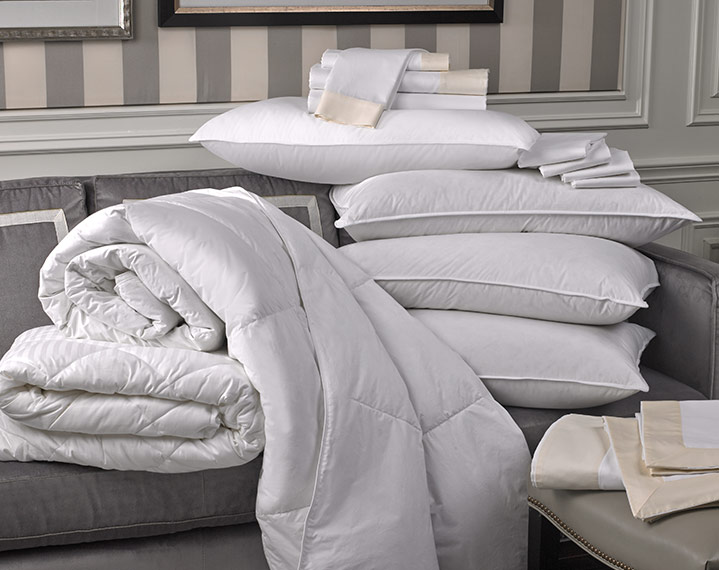
Sheets and duvet covers share many of the same “descriptions”, such as thread count, material, etc., but the priorities for a duvet cover are slightly different.
There are certain features to look for, and some features that don’t really have any applicable benefits in practical use.
With that said, let’s take a look at which features to look for when shopping for a duvet cover, and which features you should or might be able to disregard.
Duvet covers are the main design element for most beds, but as mentioned above, they serve a purpose. There should be a happy medium between looks and functionality – which is easy to accomplish if you know which features to look for.
Important Features
Closure
A duvet cover is basically a giant pillowcase. Unlike a pillowcase, however, you want your duvet cover to close when you’re done stuffing your comforter inside.
The majority of duvet covers are available in one of two closure options:
- Button closure
- Zipper closure
Which is better?
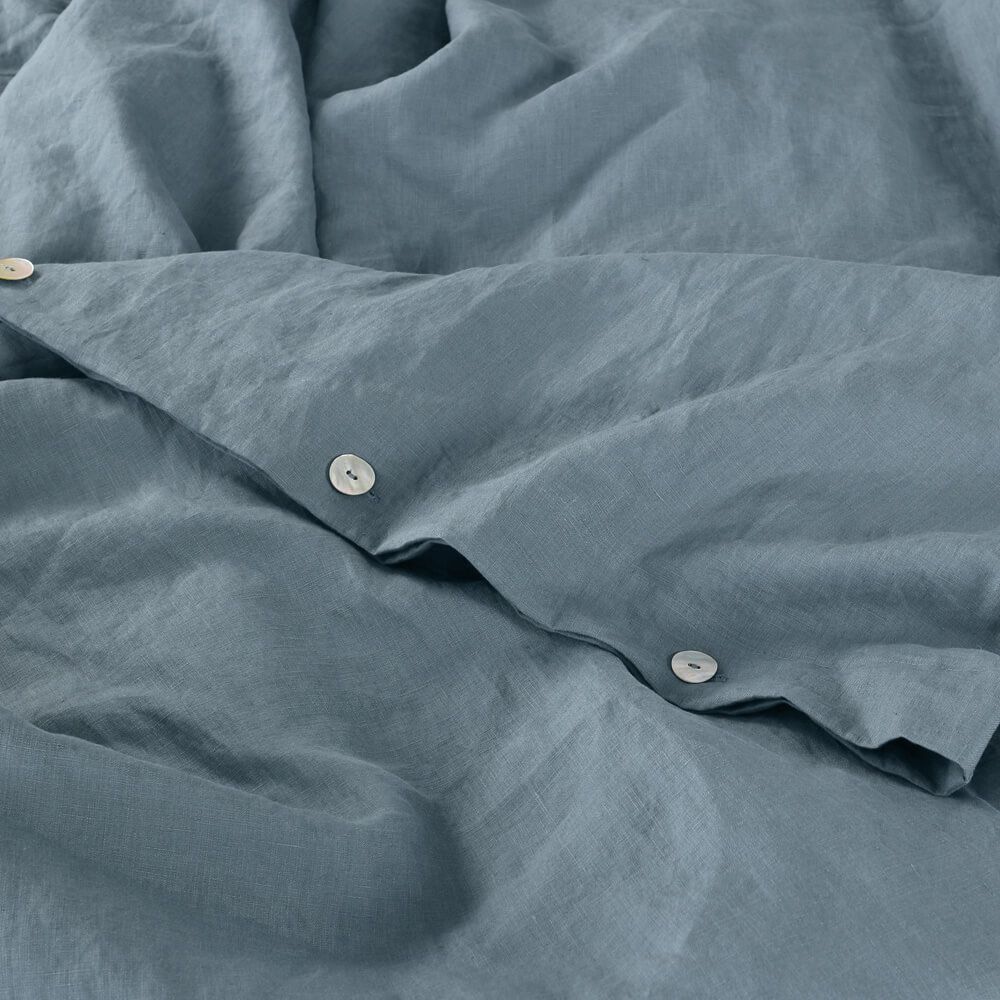
Buttons. Definitely buttons!
A zipper is easier and quicker to zip shut, but the advantage ends there. Buttons do take a minute longer, but provide a few clear advantages over a zipper.
1.) Buttons don’t have mechanical parts, so they always work. They don’t get stuck, they don’t get caught in fabric, they don’t get fussy – they just work, and they work every time.
2.) Zippered edges are stiff. Stiff and comfortable are conflicting principles.
3.) Buttons are much easier (and cheaper) to replace or fix. You just need a needle, a replacement button, and a few inches of thread.
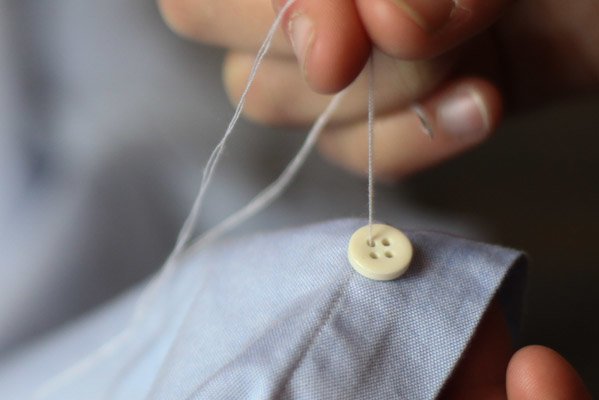
Even if you’re not inclined to repair it yourself, a dry cleaning or alteration shop can replace the button for you quickly, and cheaply.
Repairing a broken zipper is often not worth the cost, and results in the purchase of a new duvet cover.
Size
If you already have a certain duvet in mind from a designer brand, then you can probably disregard the size. If not, then size is definitely a consideration.
An ideal duvet cover is like a shoe, so, you want a bit of wiggle room.
Look for a duvet cover that is about 2″ larger than your comforter. For example, if your comforter measures 88″ x 88″, look for a duvet cover that measures 90″ x 90″.
Duvet Ties or Loops
You may have noticed loops sticking out of the corners of your comforter. Those are duvet loops, and they are there to keep your comforter in place, and to keep it from shifting around.
The most common reason why duvet covers tear and shred is a lack of duvet ties.
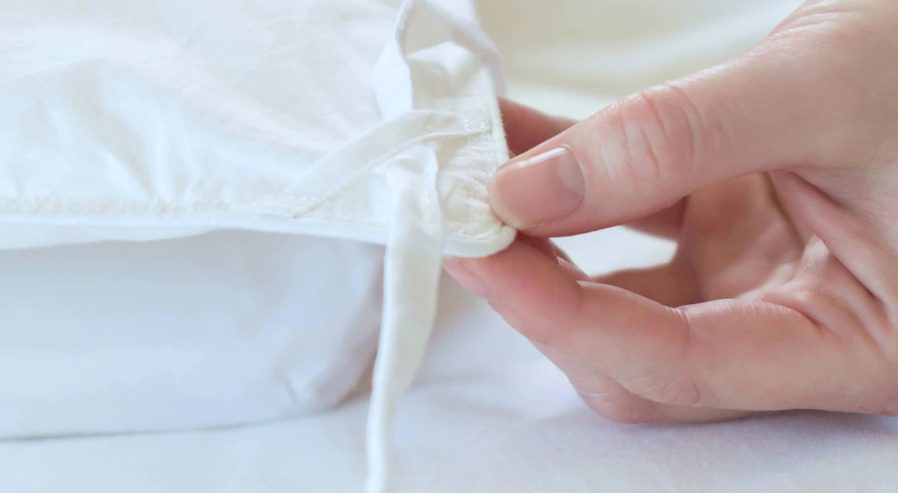
People who don’t use duvet loops and ties usually use safety pins to affix the comforter to their duvet cover. Safety pins do a great job of keeping your comforter in place, but they do their fair share of damage as well.
Every time you wash your duvet (which is usually as often as you wash your sheets), and put the comforter back in, the safety pins go in a slightly different location.
This results in numerous holes, of course, throughout the lifetime of your duvet cover.
Over time, these small holes create unnecessary damage. Each wash cycle causes more wear to these holes in the fabric, significantly weakening the structure.
While you sleep, the tugging and pulling that your comforter and cover incur also stretches out these small holes. Have you ever pulled on your comforter and heard a tearing sound? Yup, that tear most likely came from the safety-pin area!
So, look for a duvet cover with ties, and use them!
Substitute For Duvet Loops
If your duvet cover does not have ties, consider using a set of duvet grips or comforter clips. They hold your comforter in place better than safety pins, and won’t leave a bunch of holes behind.
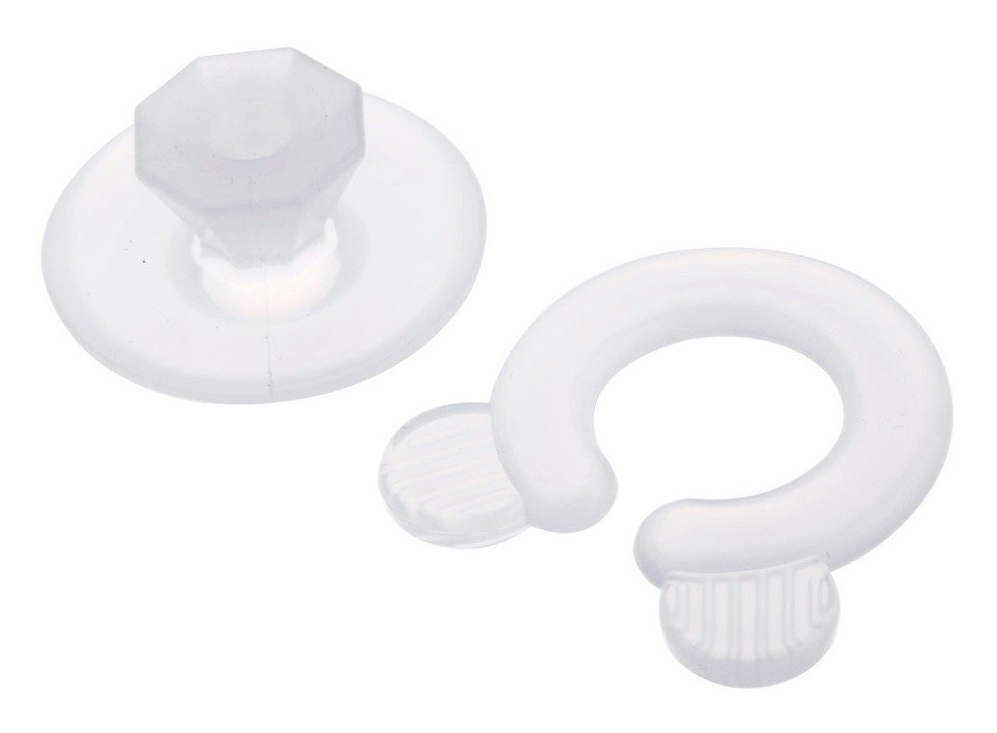
You just snap them in, around all four corners, and they secure your comforter in place.
Machine Washable
With a duvet cover in mind, consider your laundry habits.
For example, do you plan on washing your duvet cover regularly? If so, a cover that can easily be machine washed is a very important feature.
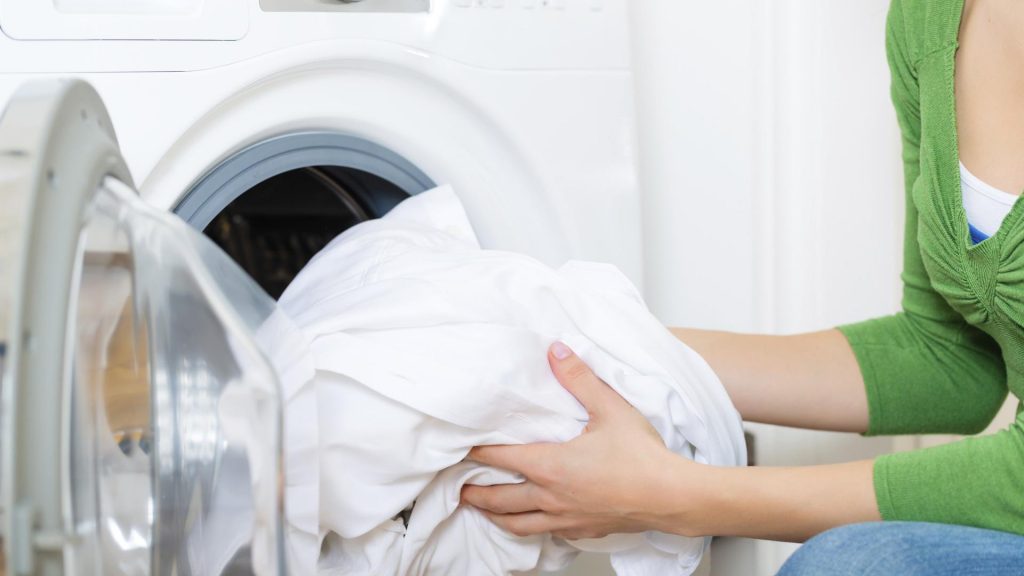
Covers that have lavish stitching or details require dry cleaning.
Taking your duvet cover to the cleaners frequently is not only time-consuming but costly as well. Most dry cleaners, in fact, charge a minimum of $25 to launder a duvet cover.
Do yourself, and your wallet a favor – insist on a machine washable cover!
Less Important Features
Some of the features that you might prioritize when buying sheets shouldn’t necessarily be priorities when shopping for a duvet. You have to contemplate your actual application, and consider whether these features will really benefit you.
Thread Count
A thread count is like money – you can never have enough right? Wrong!
We’ve covered the misnomer about higher thread counts on this site before, so we’ll skip that lecture, and get straight to the point on this one.
A 1000 thread count is nice, in theory, but are you actually going to really benefit from it?
Consider two realistic situations about your sleeping habits and the makeup of your bed:
1.) Do you sleep in long-sleeved pajamas?
If so, then you’re never going to feel the softness of that higher thread count.
The only exposed surfaces of your body are your head, hands, and feet. A high thread count might be soft and luxurious, but what’s the point if it never comes into contact with your skin?

2.) Do you use a flat sheet?
Regardless of your sleeping attire, if you use a flat sheet, once again, you’ll never actually feel the fabric of the duvet cover.
Duvet Cover Sets
Duvet cover sets include pillow shams (or one sham for Twin sizes).
Do you actually need a set?
If you aren’t actually going to use the shams for decorative purposes, then you’re just wasting your money.
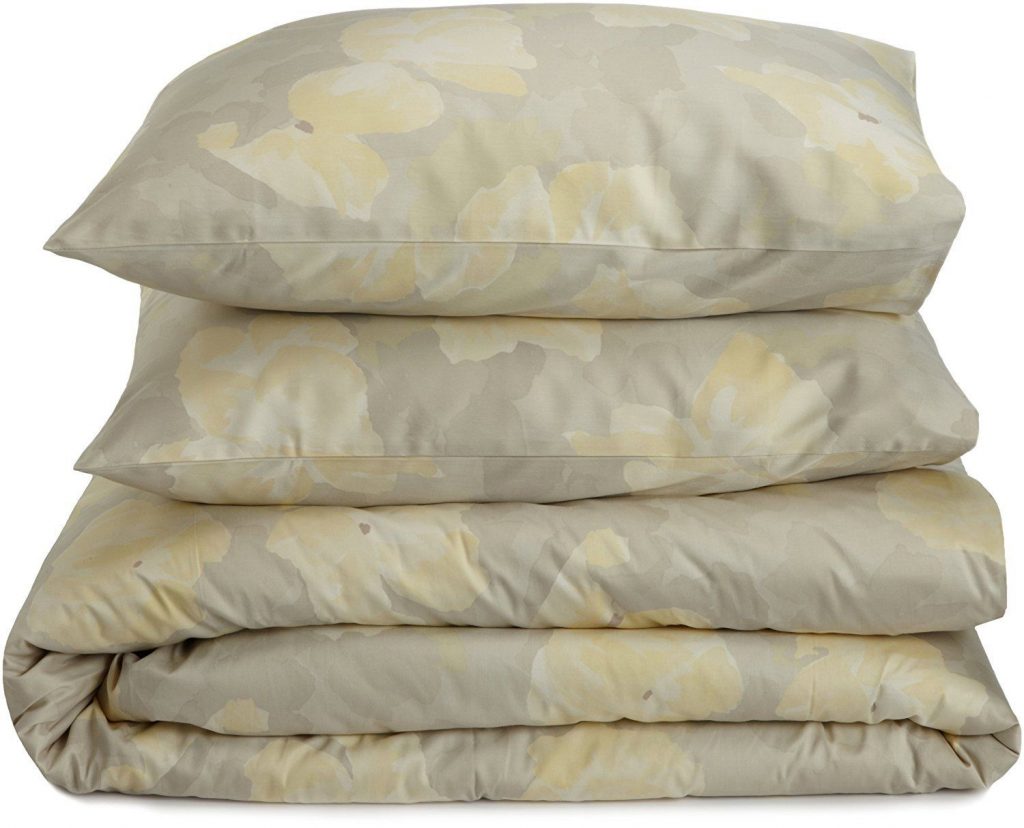
Reversible Sets
Avoid reversible covers, particularly if you are a one-design girl (or guy). Reversible duvet covers are usually made using cheap materials.
Reversible duvet covers are usually offered as a feature for cheaper duvet covers as a selling point. Unless you like to switch things up, and your budget is limited, avoid reversible duvet covers.
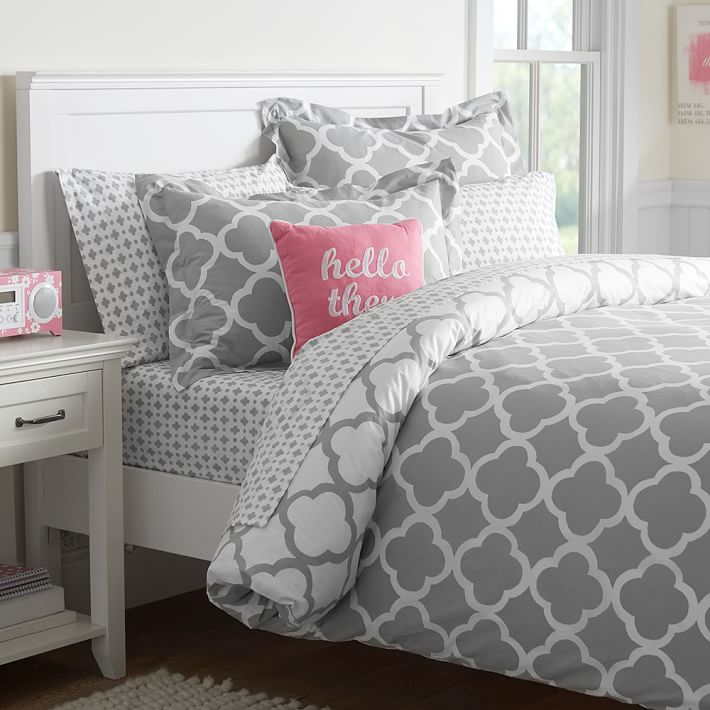
Some Final Thoughts
We looked at features to consider, and which aren’t as important, but what else might you encounter when shopping for a duvet cover?
Online Shopping
If you’re shopping for an expensive designer cover on eBay or Amazon, you should look out for a few things as well:
Display Models
Avoid buying any products marked as “display models”. There are two major reasons for this:
1.) True display models are abused in stores, by employees (and customers) who aren’t concerned about the future well-being of the item.
By the time you receive it, it will likely have numerous holes, stains, damage, etc.
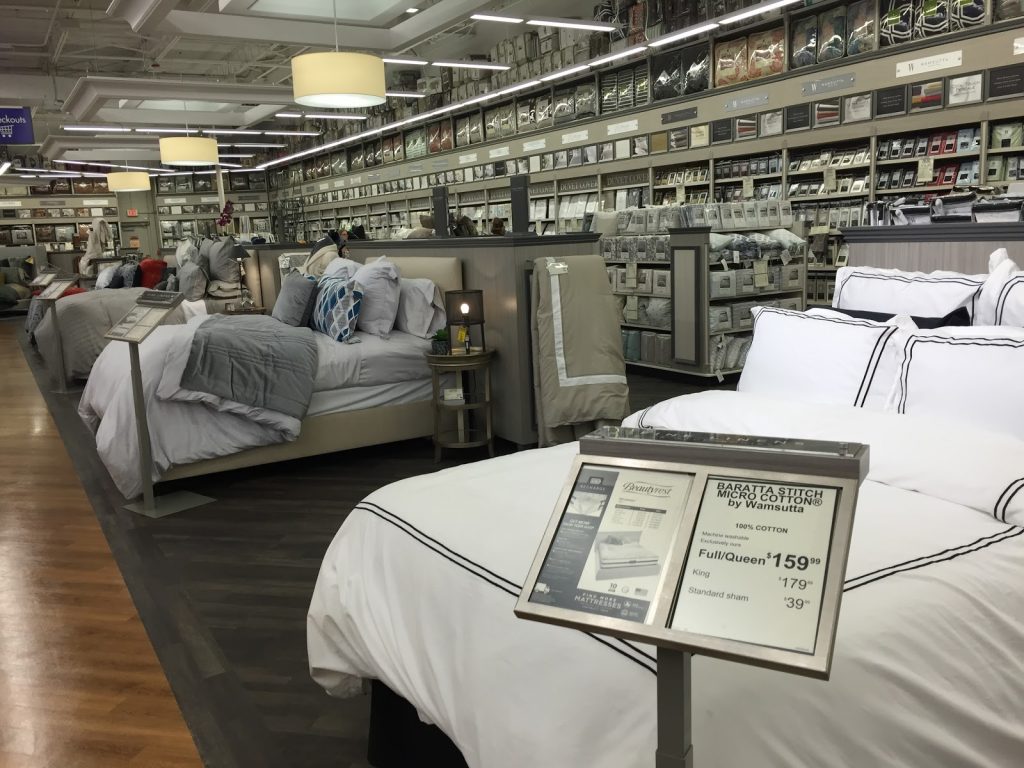
2.) Most “display models” are actually customer returned merchandise being marketed as display models. You never know what the previous owner did with it.
Customer returned merchandise often comes with a bleach odor. That’s right, people often use – and wash – bedding before they return it.
Look for products that are advertised as “new in the package”, and look for pictures of the actual package. If a picture of the package is provided, take a close look. Is the cover folded inside like it would be if it was brand new?
Do you see clean lines, a tight fold, and even edges? It should look something like this:
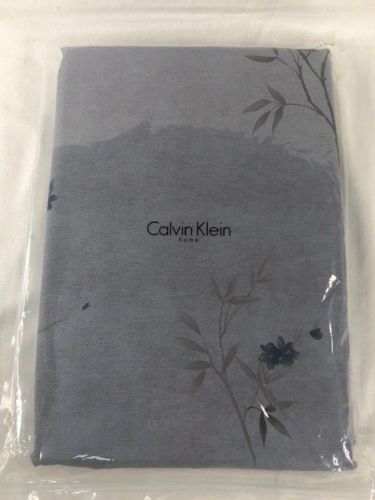
Did you notice how in the package above, the cover was neatly and tightly folded? The surface of the duvet cover seen from the front is smooth and wrinkle-free.
Duvet covers and sheet sets come from the factory with cardboard inserts inside.
These inserts provide a sturdy and clean appearance. Once you take the duvet (or sheets) out of the package, it’s almost impossible to get the cover folded in the exact same way, and then back in the package.
On the other hand, does the cover look wrinkled, ruffled, or lumpy? Wrinkles, ruffles, lumps, and bulging packages are all signs of something that has been possibly used.
Like this:
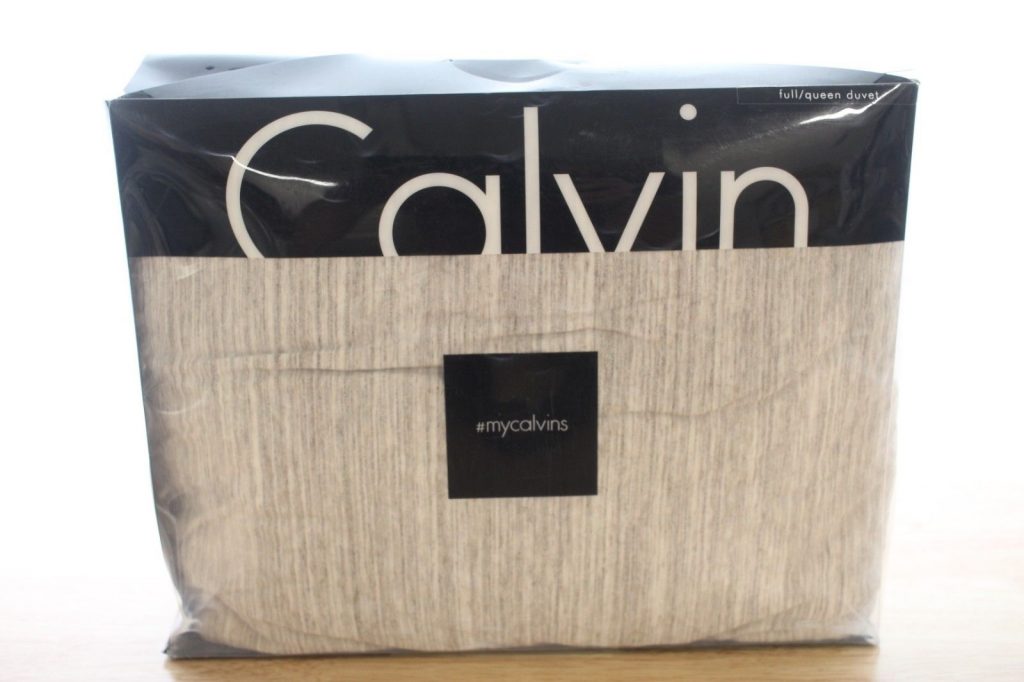
See those wrinkles down the middle? Notice how the bottom and left edges are uneven and ruffled?
This is not a brand new item.

I literally know NO ONE who prefers buttons over zippers to close a duvet. If anything I hear constant complaints “Duvet covers are already so expensive, and then the companies cheap out and use buttons!!” I find the duvet itself always slips out between the buttons and you see it at the foot of the bed.